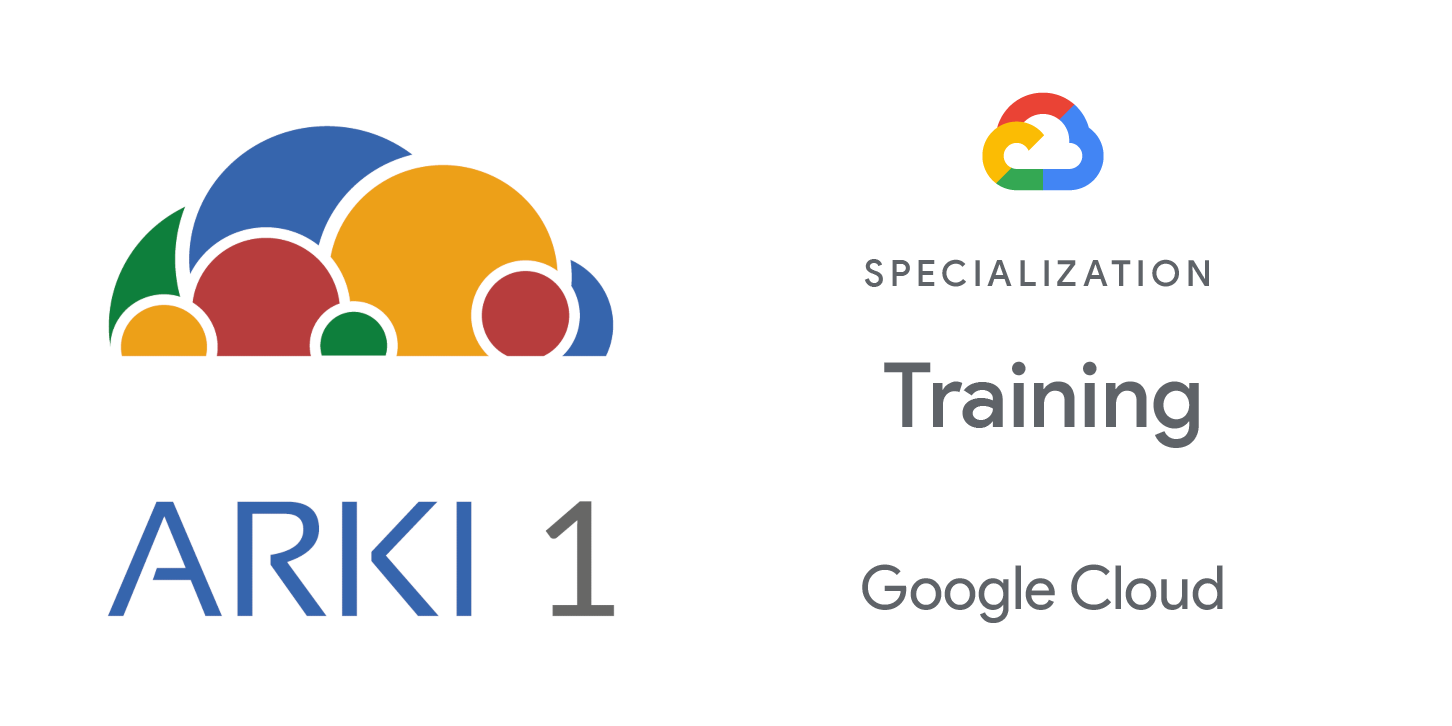En este curso, aprenderás cómo diseñar APIs y cómo utilizar especificaciones OpenAPI para documentarlas. Aprenderás sobre el ciclo de vida de las APIs y cómo la plataforma de APIs Apigee te ayuda a gestionar todos los aspectos de dicho ciclo de vida. Descubrirás cómo diseñar APIs utilizando proxies de API y cómo empaquetar las APIs como productos de API para que sean utilizadas por desarrolladores de aplicaciones. A través de una combinación de clases teóricas, laboratorios prácticos y materiales complementarios, aprenderás a diseñar, construir, asegurar, implementar y gestionar soluciones de API utilizando la plataforma de API Apigee de Google Cloud.Through a combination of lectures, hands-on labs, and supplemental materials, you will learn how to design, build, secure, deploy, and manage API solutions using Google Cloud’s Apigee API Platform.
Objetivos
Este curso enseña a los participantes las siguientes habilidades:
- Explorar y poner en práctica los conceptos de diseño, desarrollo y gestión de APIs.
- Describir los fundamentos del diseño de APIs REST.
- Describir productos de API, estrategias de productos de API y cómo publicar APIs en un portal para desarrolladores.
- Describir la terminología y el modelo organizacional de Apigee basados en las capacidades del producto.
- Discutir el papel de la autenticación y autorización de usuarios y la importancia de la seguridad de las APIs.
- Identificar capacidades disponibles para asegurar, escalar y gestionar APIs y productos de API.
- Explorar y poner en práctica los conceptos de diseño, desarrollo y gestión de APIs.
- Discutir las capacidades de la plataforma listas para implementar mediación, gestión de tráfico, caché y manejo de fallos.
- Describir el valor y uso de las analíticas de APIs.
- Describir las opciones de despliegue para la plataforma Apigee.
- Interactuar con la Plataforma de API de Apigee.
Publico
Esta clase está dirigida a la siguiente audiencia:
Desarrolladores, arquitectos o ingenieros responsables de la solución, diseño, implementación o gestión de APIs, productos de API o productos digitales que aprovechan las APIs.
Prerrequisitos
Para aprovechar al máximo este curso, los participantes deben cumplir con los siguientes criterios:
-
Familiaridad con HTTP, XML, JSON y JavaScript.
Duración
Inversión
Resumen del curso
- Understand the placement and role of API management in modern
application development. - Define logical components and organizational structure of Apigee API platform.
- Differentiate between Apigee flexible deployment models.
- Explain the API lifecycle.
- Describe the fundamentals of REST API design.
- Understand the value of API-first development and how to apply it.
- Define the building blocks of APIs and API proxies.
- Describe how API proxies work and how capabilities such as flows, policies, route rules, environment groups, and target servers play a role.
- Describe how APIs are exposed.
- Describe how API proxies connect to backend systems.
- Generate an API proxy using an OpenAPI specification.
- Run an API proxy in different environments without changing the target URL in the proxy code.
- Route target endpoints using route rules and troubleshoot proxies using the Apigee debug tool.
- Define API products and API product strategies.
- Describe the role of developers, applications, and API keys in API management.
- Describe the API publication process.
- Describe API responses and status codes for REST APIs.
- Publish APIs as products.
- Discuss the importance of API security.
- Discuss the role of user authentication and authorization.
- Discuss the main components of OAuth and its application in the context of API design and management.
- Discuss federated identity and the use of JSON Web Tokens in API proxies.
- Apply the OAuthV2 policy to allow apps to access the retail API proxy by providing an OAuth token.
- Explore platform capabilities for protecting against content-based attacks.
- Discuss transport security and how to protect the connection between Apigee and backend services.
- Discuss how to protect sensitive data using KVMs, data masking, and private variables.
- Protect an API proxy against content attacks and malicious requests.
- Prevent internal users from getting unauthorized access to sensitive data.
- Apply a private variable and a debug mask to hide data when debugging an API proxy
- Describe the out-of-the-box platform capabilities for implementing mediation and fault handling.
- Describe implementation patterns and policies for JSON, XML, and SOAP.
- Discuss extensibility options using Service Callouts, JavaScript, and Java.
- Explore development practices and capabilities used to reuse, share, and enforce execution of flows and policies.
- Describe when and how to use traffic management.
- Evaluate options and applicable use cases for rate limiting with spike arrests and quotas.
- Describe caching strategy and how to apply it.
- Describe API Publishing strategy and process.
- Expand understanding of REST API Design by discussing API versioning.
- Describe the role of developer portals in the API lifecycle and as a critical part of API strategy.
- Create, configure and use a developer portal.
- Discuss available options for message logging.
- Discuss the value and use of API analytics
- Discuss recommended practices and tooling for Apigee offline development and CI/CD.
- Describe the Apigee deployment options.


